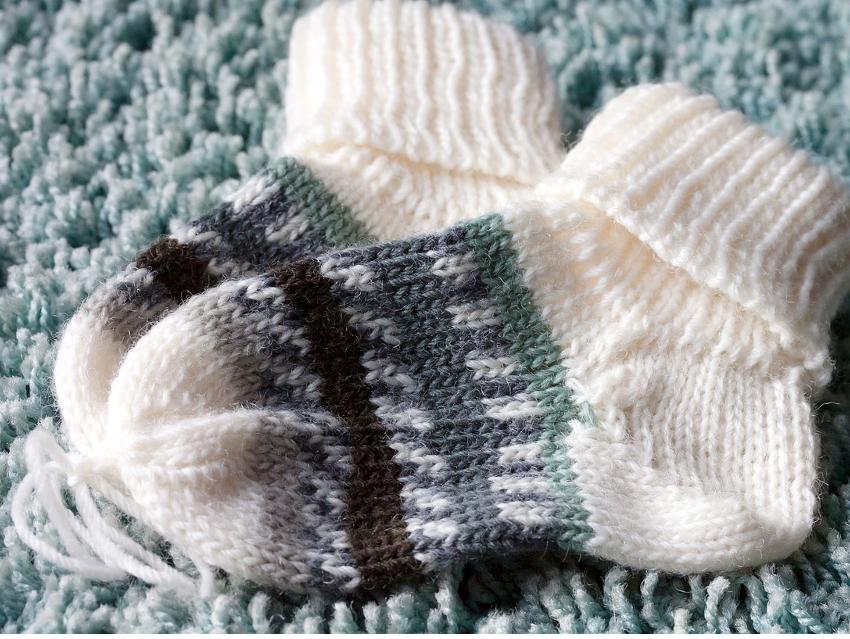A large number of chemicals (~1900) are used in industrial textile production, and many of these (~165) are classified as potentially toxic to humans and/or the environment. These include antioxidants, plasticizers, dyes, flame retardants, surfactants, and pesticides. Some of these chemicals may remain within the final textile product, either intentionally or unintentionally, and wearers of the product can be directly or indirectly exposed to them.
Carmen Freire, University of Granada, Spain, and colleagues have determined the concentrations of Bisphenol A (BPA, 4,4′-isopropylidenediphenol) and parabens in socks for infants and young children. The team bought thirty-two pairs of socks for infants and young children (1–48 months) from three stores in Granada: a local low-cost retailer (store 1), a low-cost, fast-fashion clothing international retailer (store 2), and a higher-quality international retailer clothing brand (store 3). Textile material was cut from the foot, toe, and leg of each sock for chemical analysis. The team determined the hormone-like activities in the foot sections by using an E-Screen assay for (anti-)estrogenicity and PALM luciferase assay for (anti-)androgenicity.
BPA was found in 90.6 % of the socks. Levels were around 25-fold higher in socks from store 1, which had a higher cotton content compared to stores 2 and 3. Ethyl-paraben was found in 100 % of the socks, followed by methyl-paraben (81.0 %), and propyl-paraben (43.7 %). No butyl-paraben was detected in any sample. Estrogenic activity was detected in 83.3 % of the socks from store 1 (range = 48.2–6051 pM E2eq/g or estradiol equivalents) but in only three socks from stores 2 and 3. Anti-androgenic activity was detected in six of the 32 socks studied (range = 94.4–2989 μM Proceq/g), all from store 1. The team found that the estimated dermal exposure to BPA was higher from socks for children aged 36–48 months (median = 17.6 pg/kg/day), and the dermal exposure to parabens was higher from socks for children aged 24–36 months (median = 0.60 pg/kg/day).
The researchers recommend epidemiological research into the potential routes of exposure to chemicals used in textile products and clothing for babies. According to the team, the present findings underscore the need for legal regulations that include the mandatory labeling of consumer textile products with their chemical content.
- Concentrations of bisphenol A and parabens in socks for infants and young children in Spain and their hormone-like activities,
CarmenFreire, José-Manuel, Molina-Molina, Luz M.Iribarne-Durán, Inmaculada Jiménez-Díaz, Fernando Vela-Soria, Vicente Mustieles, Juan Pedro Arrebola, Mariana F. Fernández, Francisco Artacho-Cordón, NicolásOlea,
Environment International 2019, 127, 592—600.
https://doi.org/10.1016/j.envint.2019.04.013



